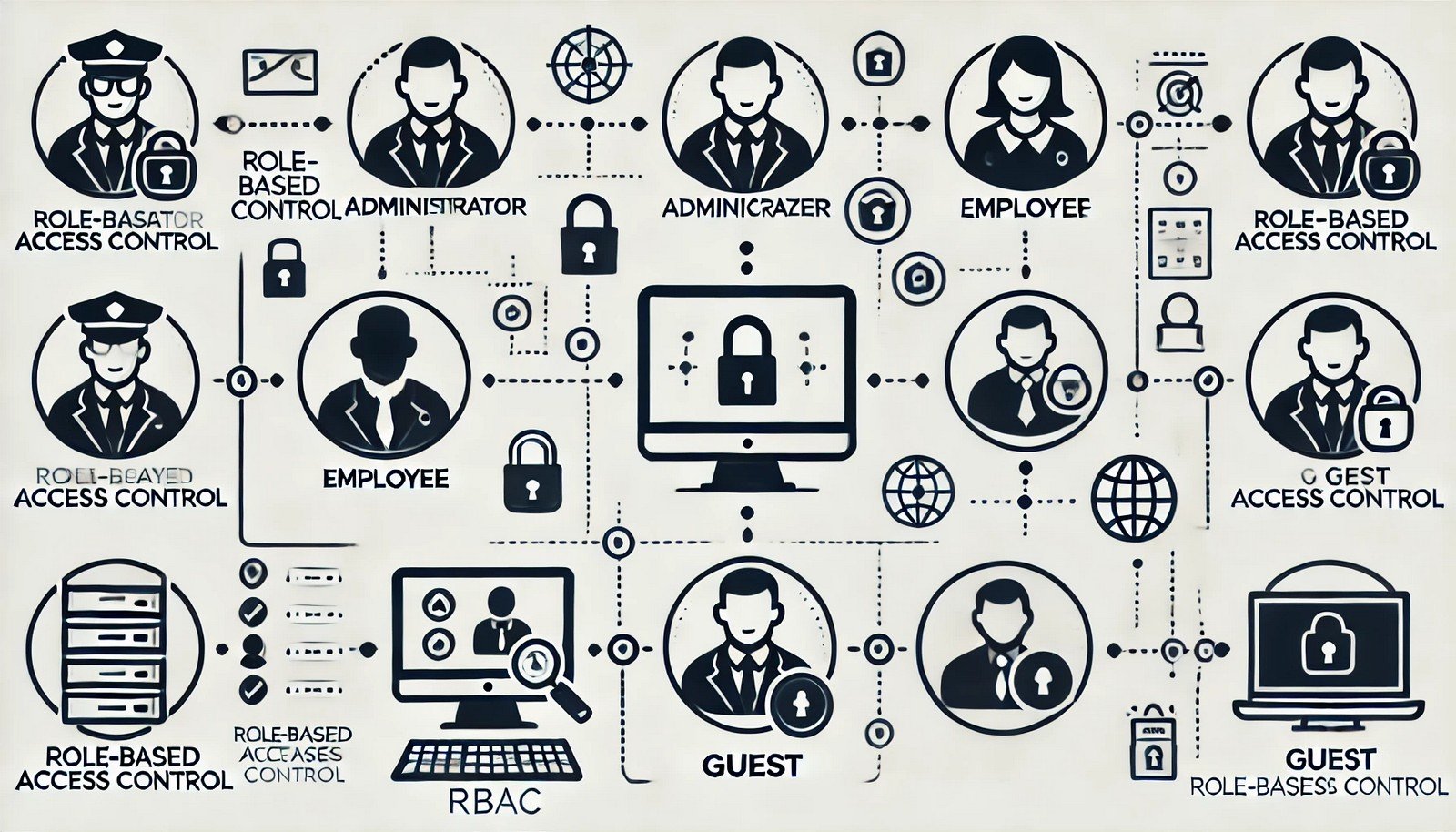Role-Based Access Control

(Representational Image | Source: Dall-E)
Quick Navigation:
- Role-Based Access Control Definition
- Role-Based Access Control Explained Easy
- Role-Based Access Control Origin
- Role-Based Access Control Etymology
- Role-Based Access Control Usage Trends
- Role-Based Access Control Usage
- Role-Based Access Control Examples in Context
- Role-Based Access Control FAQ
- Role-Based Access Control Related Words
Role-Based Access Control Definition
Role-Based Access Control (RBAC) is a security model that restricts system access based on user roles. Instead of assigning permissions directly to users, permissions are granted to roles, and users are assigned roles accordingly. This approach simplifies management, enhances security, and ensures users only have access to the resources necessary for their responsibilities. RBAC is widely used in enterprise environments, cloud computing, and compliance-driven industries.
Role-Based Access Control Explained Easy
Imagine a school where teachers can enter classrooms, students can access the library, and only the principal can see confidential files. Instead of giving each person special keys, they are given roles: “Teacher,” “Student,” or “Principal,” and each role comes with the right set of keys. This is how Role-Based Access Control works—it gives permissions based on roles rather than individuals.
Role-Based Access Control Origin
The concept of Role-Based Access Control emerged in the 1970s as organizations sought structured ways to manage system access. The model gained popularity in the 1990s when research by the National Institute of Standards and Technology (NIST) formalized RBAC as a standard framework.
Role-Based Access Control Etymology
The term “Role-Based Access Control” combines:
- Role-Based – Meaning permissions are assigned based on predefined roles.
- Access Control – Referring to security mechanisms that regulate system access.
Role-Based Access Control Usage Trends
RBAC is widely adopted across industries such as cloud computing, healthcare, and financial services to enforce security policies. It is used in platforms like AWS and Microsoft Azure for permission management, ensuring compliance with regulatory frameworks such as HIPAA and GDPR.
Role-Based Access Control Usage
- Formal/Technical Tagging: Access Control, Cybersecurity, Identity and Access Management
- Typical Collocations: “RBAC security model,” “Role-based access permissions,” “Implementing RBAC in enterprise.”
Role-Based Access Control Examples in Context
- A hospital uses RBAC to ensure only doctors can access patient medical records.
- A cloud provider assigns roles like "Admin" and "Viewer" to control access.
- A corporate IT department restricts finance reports to accountants.
Role-Based Access Control FAQ
- What is Role-Based Access Control (RBAC)?
RBAC is a security model that grants access based on predefined user roles. - How does RBAC improve security?
It enforces the principle of least privilege, reducing unauthorized access risks. - What are the key components of RBAC?
Users, roles, permissions, and role assignments.
Role-Based Access Control Related Words
- Categories/Topics: Cybersecurity, Identity and Access Management, Cloud Security
Did you know?
RBAC is a core security mechanism in NASA’s mission control systems, ensuring that only authorized personnel can modify flight plans and access spacecraft telemetry data.
PicDictionary.com is an online dictionary in pictures. If you have questions or suggestions, please reach out to us on WhatsApp or Twitter.Authors | Arjun Vishnu | @ArjunAndVishnu

I am Vishnu. I like AI, Linux, Single Board Computers, and Cloud Computing. I create the web & video content, and I also write for popular websites.
My younger brother, Arjun handles image & video editing. Together, we run a YouTube Channel that's focused on reviewing gadgets and explaining technology.



Comments powered by CComment